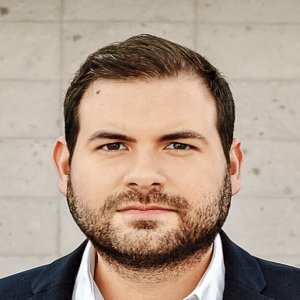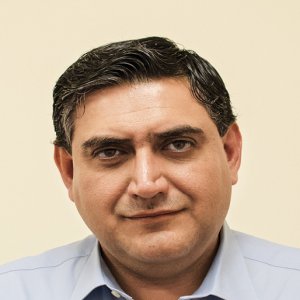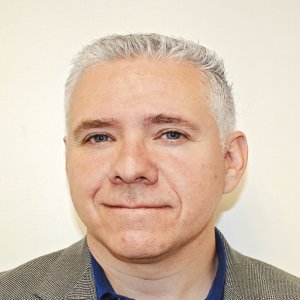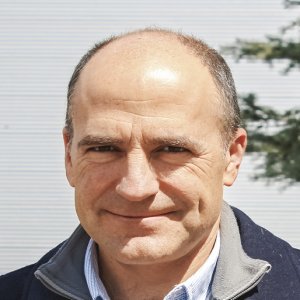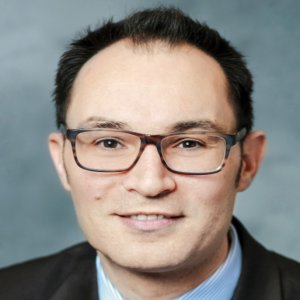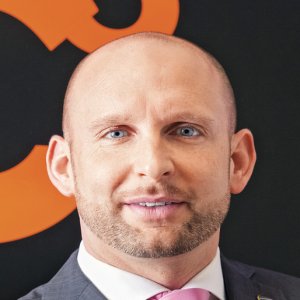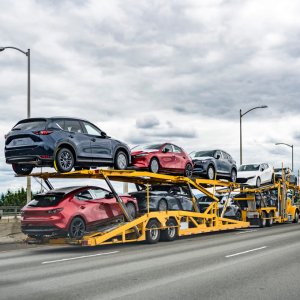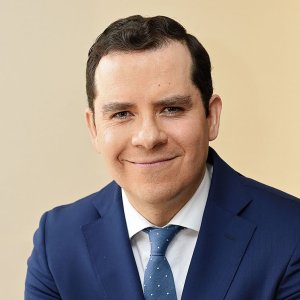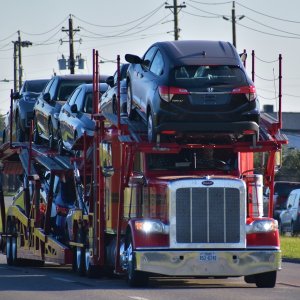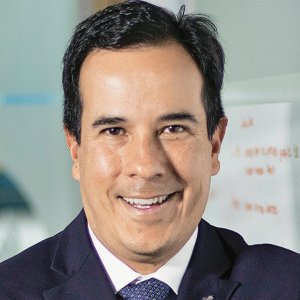Reinvent Aftermarket to Reactivate Mexican Market

STORY INLINE POST
Q: What challenges has the company faced in consolidating and integrating ZF Services after TRW’s acquisition?
A: We integrated two large groups with different business strategies and organizational cultures. TRW was a public company in the US while ZF was a private German company. The way both planned and managed operations was dissimilar. This situation created foreseeable consolidation difficulties, as well as opportunities to look for internal benchmarks and implement the best of both.
Initially, TRW was considered a new division within ZF’s business structure, retaining its complete structure and operations. After evaluating the merger, a special group was created to conduct the process integration, focusing on fixed objectives and strategies while learning from each part.
The group identified synergies and gaps between the companies. Finally, with a better and broader idea of how to best proceed, the company started an integrationconsolidation process, applying the best of both companies’ techniques. The group tried to balance the use of each company’s resources. The divisions focused on OEM customers were consolidated more quickly, while those serving the aftermarket were the last to integrate. This was mainly due to the complexity of integrating our One Aftermarket division and ensuring it had a global scope for all the product lines.
Q: How did the newly founded merger ensure each company’s strengths remained present?
A: The head of One Aftermarket is a ZF representative but the remaining important positions within the structure were designated among ZF and TRW executives. We based our merging strategy on the ideas of integration and the creation of new sales concepts.
The different structures we use to attend to the aftersales market dictated the need to eliminate duplicities and use synergies as much as possible. We identified each company’s strengths and merged them to create a single fortified strategy. We needed to recognize that selling components alone was no longer a strategic approach, so we began selling integrated solutions. TRW used to sell “corner modules,” a concept that integrates brake pads, shock absorbers and other suspension parts. All these elements experience constant wear so though it might seem an additional expense to change an entire module when one thing wears down, in the long run doing so is safer for end-users.
ZF now sells concepts that make sense to distributors, installers and consumers. Distributors only have one supplier to negotiate with for complementary components. We believe that this new concept responds to current market trends. Selling components or spare parts is not enough to compete in the market, sales must be accompanied by added support and aftersales services.
Q: Do you have plans to pursue a horizontal integration with TRW?
A: ZF only has manufacturing sites for original equipment. Consequently, all our machinery and equipment are the same for OEM components and the aftermarket. This means that every piece has the same quality and the same technology is used in its production. TRW’s strategy included manufacturing sites focused on aftersales, where conditions and quality demands are fine-tuned if necessary. These sites could fix flaws found in original equipment, while keeping costs to a minimum. We now have an investment plan in place to integrate these two strategies horizontally.
For this horizontal integration, we are prioritizing offering global coverage for the vehicle park. We want to cover at least 95 percent of the vehicle park in any given market. In Mexico, for instance, our 95 percent coverage of the shock absorber line is much greater than in other countries worldwide and we will align those markets to this strategy. Achieving our coverage goal is going to take time but we have already started its development. We could get closer to the goal by buying other plants that will focus entirely on the aftersales market.
Q: What other products are you developing with TRW?
A: We are mostly developing electronic components and devices for mobility, connectivity and safe driving. These apply to passenger cars and both light and heavy commercial vehicles. In the auto parts segment, our team is working to develop product lines missing from each market, combined with the creation of service readiness to provide addedvalue solutions and greater business for our distributors. This encompasses a trained technical support team, high spare part availability and documentation in several languages.
Q: After TRW, what other acquisitions or mergers are you considering?
A: ZF Services has identified opportunities to acquire more manufacturing facilities worldwide but they are not declassified due to strategic reasons. We do understand that no single OEM manufacturer has the capability to produce all the applications of any product line globally without additional investment for specific aftersales requirements.
Q: What new technologies do you plan to offer the market with your ZF 2025 strategy?
A: We recently sold our Engineered Fasteners and Components division to Illinois Tool Works, the revenue from which is already allocated to future investments. We need to prepare and offer new added-value components for the automotive industry’s upcoming innovations, such as autonomous cars. Autonomy and new technologies will impact the aftermarket division. Fortunately, there is still time to prepare for this. We expect to see autonomous cars on the streets by 2025 or earlier and ZF needs to be prepared to supply components for them. We have a plan in motion although we do not yet know which components we will need. There are currently three possible technologies intended to be included in these vehicles, all of which were proposed by Silicon Valley companies, so we need to wait to see which of the three will come out on top.
Q: What best practices could Mexico import from aftermarket-oriented regions to reactivate the local market?
A: Mexico has to reinvent itself. Repeating the patterns practiced in the US is not an option because it is depredatory for horizontal distribution. Big retailers have put several spare parts suppliers out of business due to conditions they establish. These may include payments over one-year periods or sending product returns without verifying with the supplier. Selling to these companies is very expensive and we cannot follow the same pattern in Mexico.
The biggest change we will face in Mexico is going to be e-commerce. In our strategic plan, we will skip retailers and start participating directly on an e-commerce platform, including our distribution network. We started in July 2016 and we are already seeing sales increase through this channel.
Helping end-users to correctly identify the part they need to buy will lead to higher online sales. A complete change in the way we sell spare parts will not happen. There will always be users who want to go to a workshop and see the pieces before they buy them. But we are pleased to see how our distributors respond to this change and are adapting to find innovative ways to remain competitive. We are living in times of accelerated change so we need to invest in technology and its proper application.
